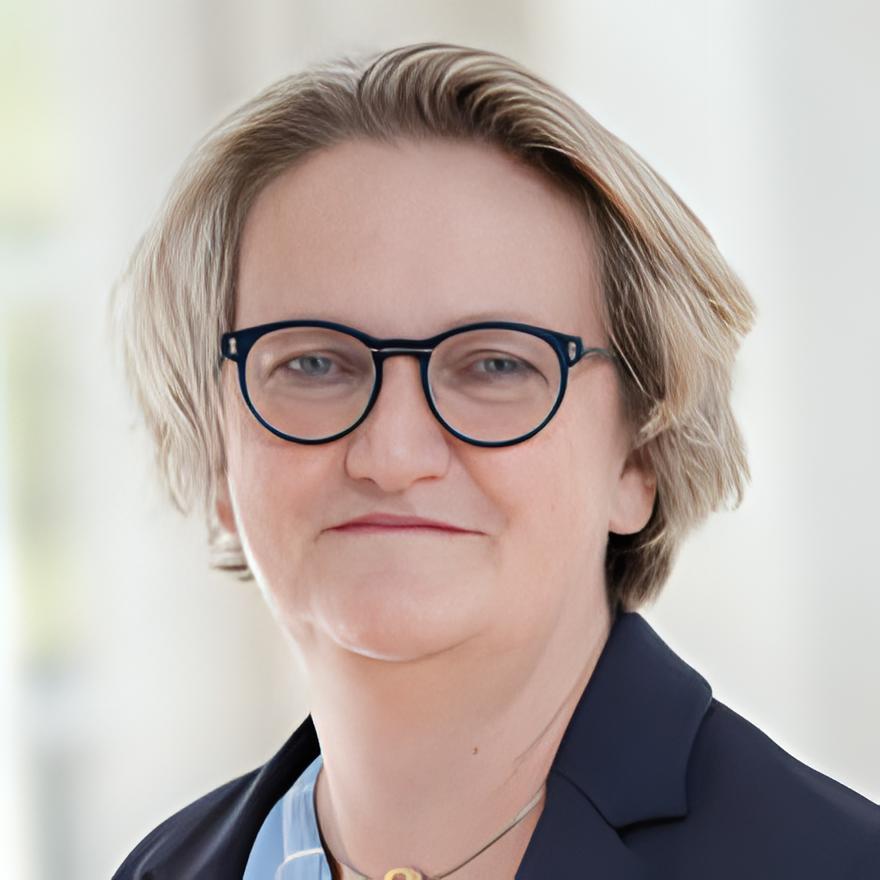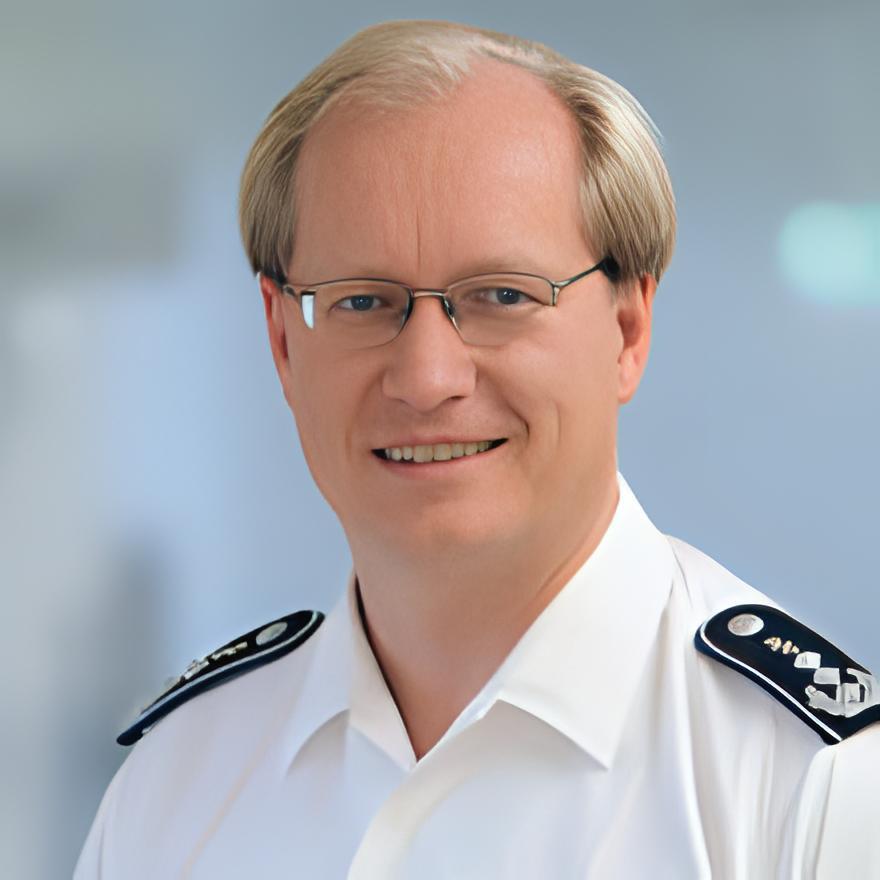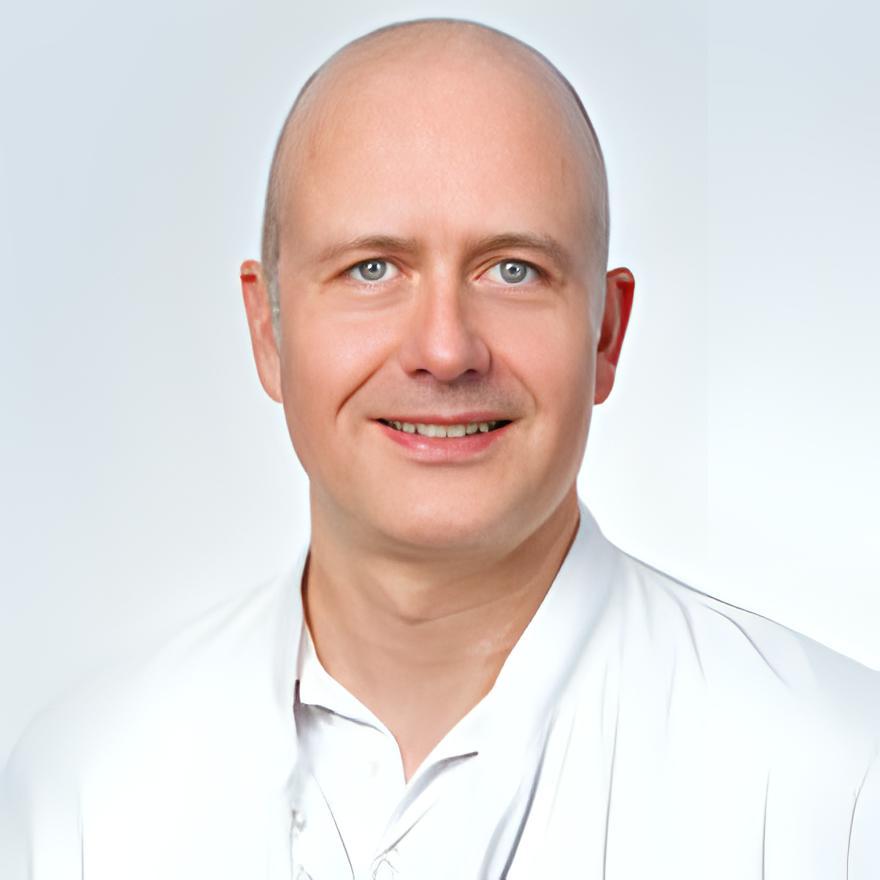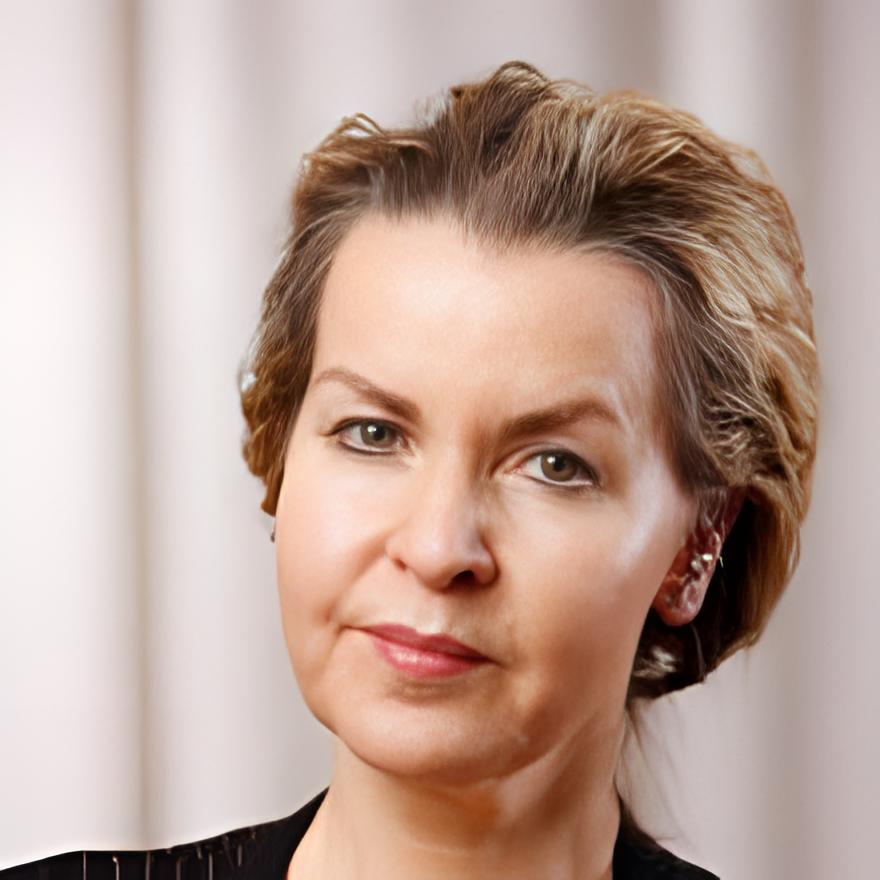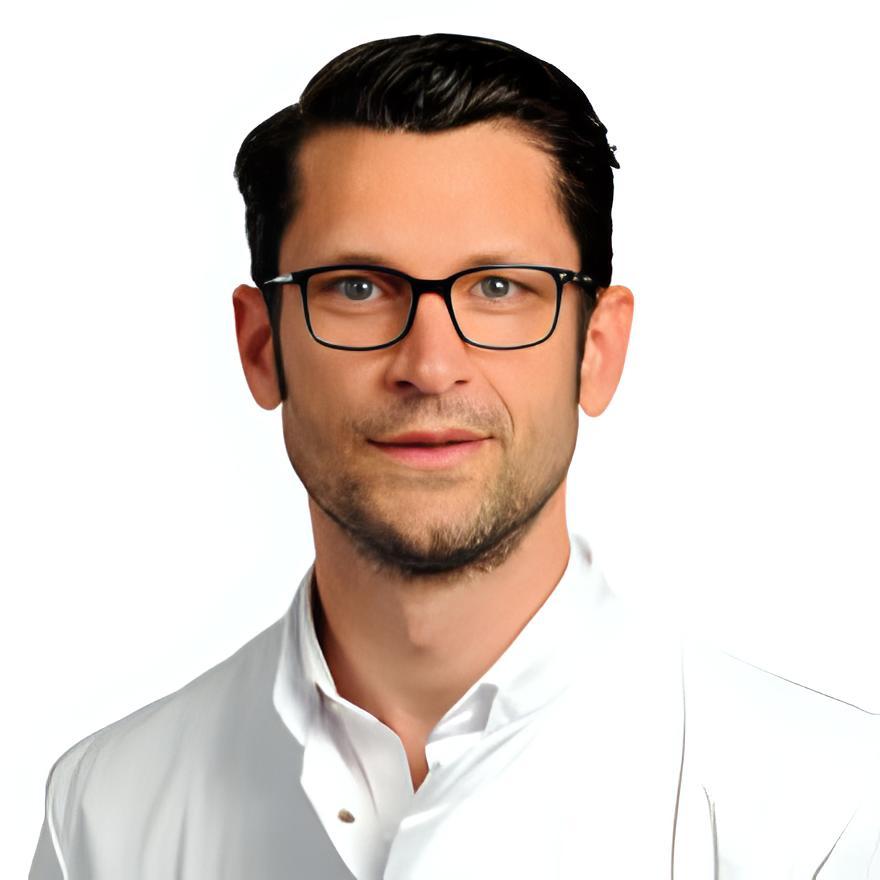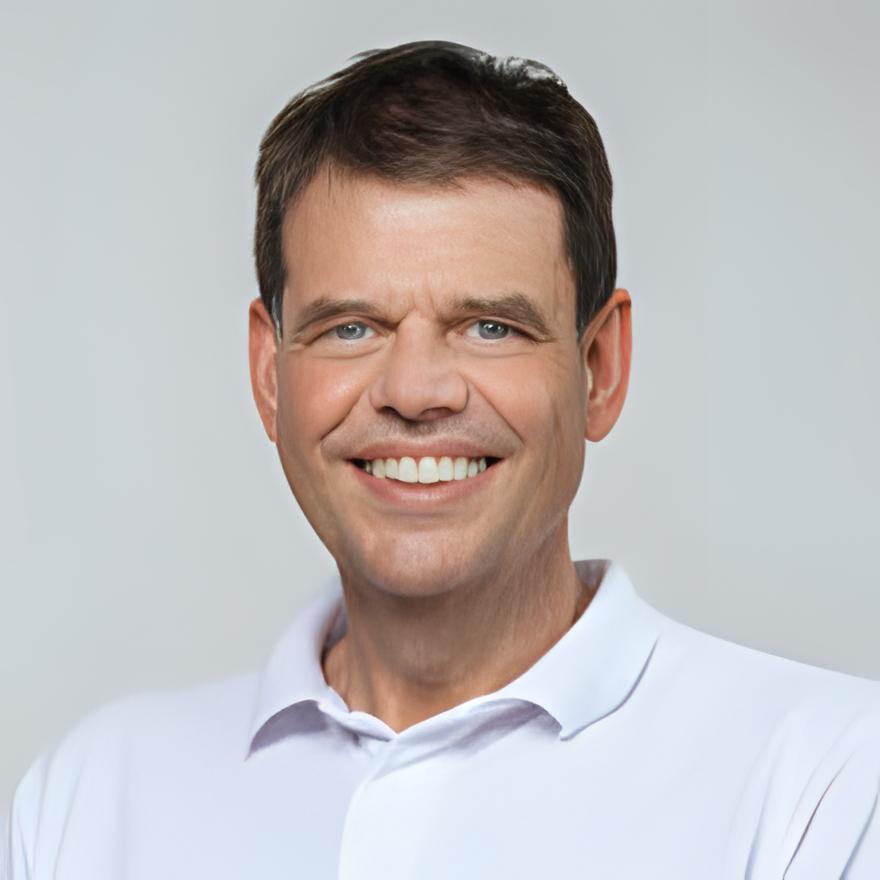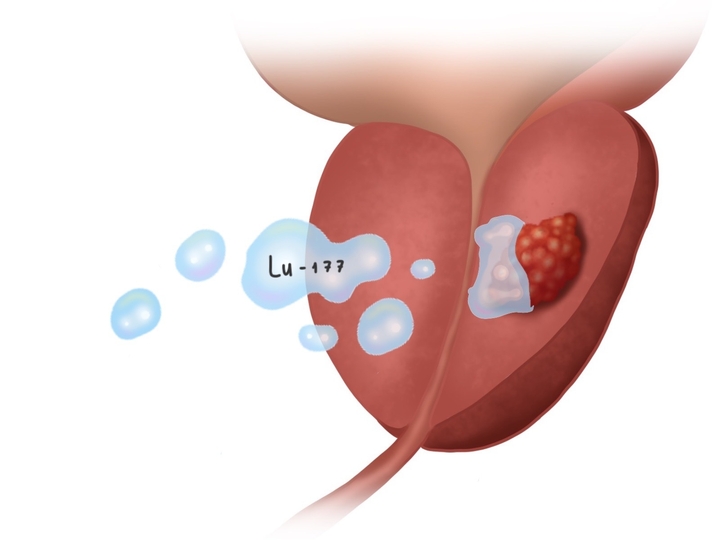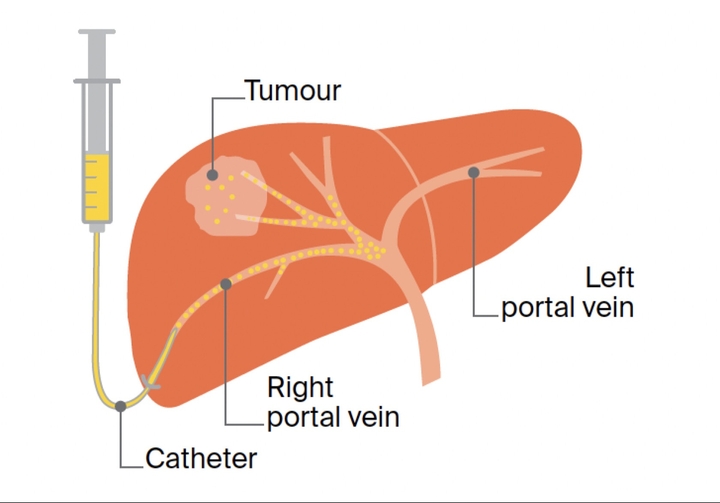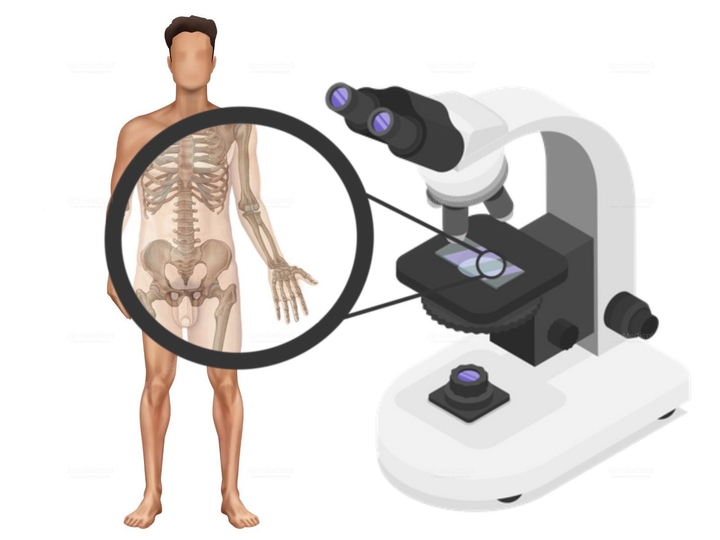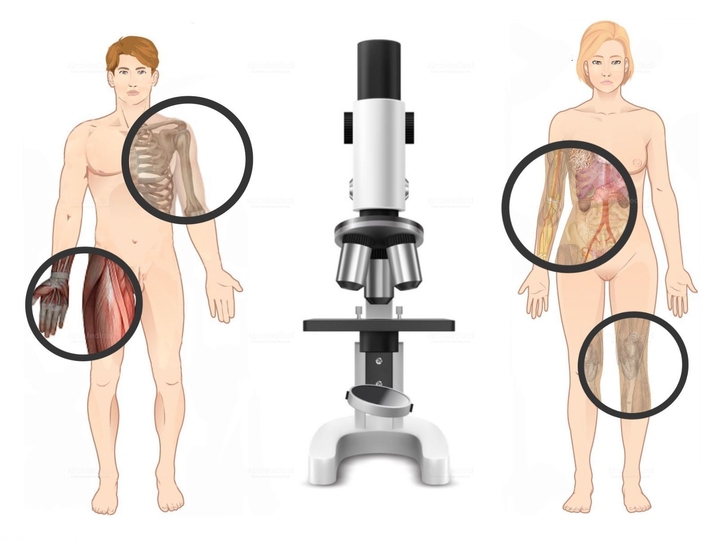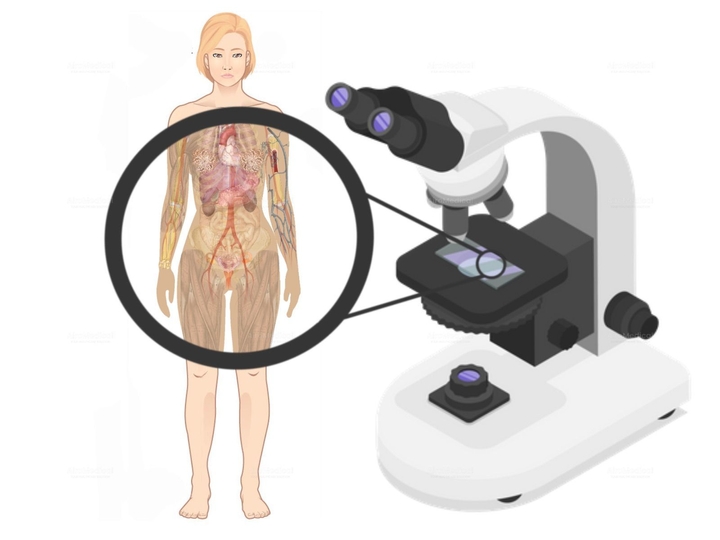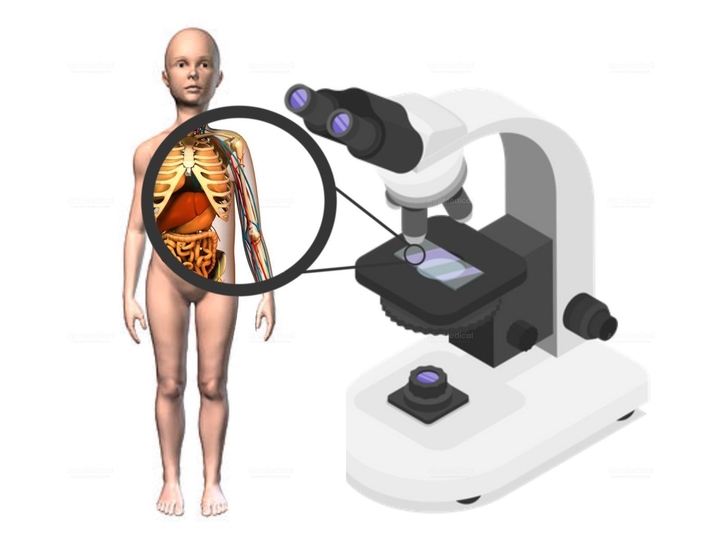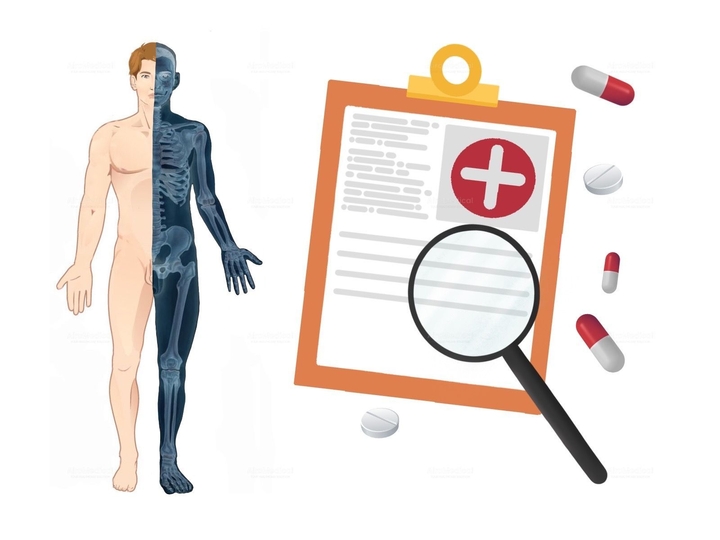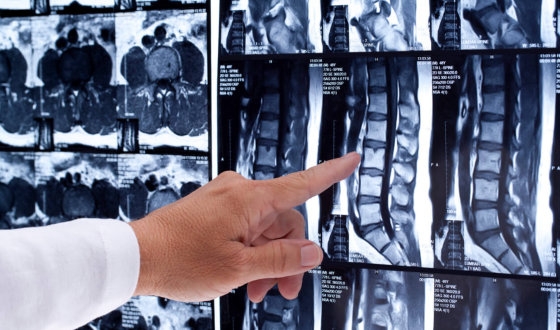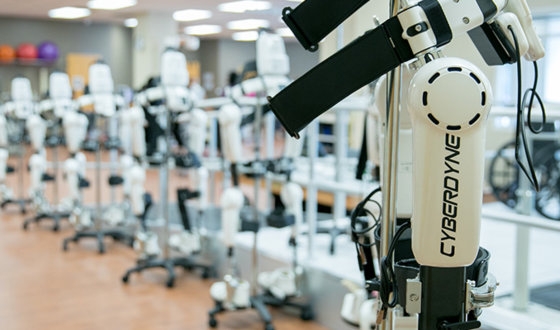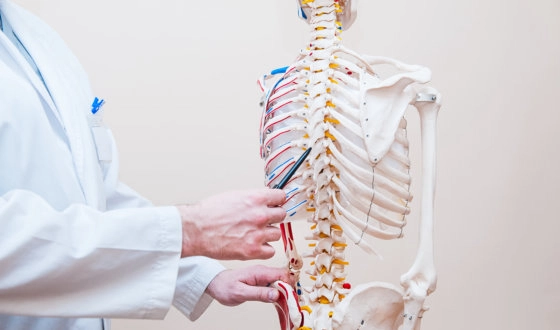Rehabilitation Worldwide: Best Hospitals, Doctors, Options, & Cost
Rehabilitation is medical care across various fields, including physical therapy, orthopedics, neurology, pulmonology, cardiology, oncology, pediatrics, and psychiatry. Each rehabilitation area has its unique focus, such as restoring joint and muscle function in orthopedics, helping individuals with heart conditions recover in a cardiology clinic, or improving overall functioning for individuals with mental health conditions in psychiatry hospitals.
World’s best rehabilitation hospitals and every small highly-specialized rehab clinic are to help individuals regain or improve their physical, cognitive, and emotional functions. Rehabilitation assists individuals in recovering from various conditions in a clinic and achieving their maximum potential after discharge.
Specialists in the best rehabilitation centers utilize a range of diagnostic tools and techniques to develop appropriate treatment plans. Depending on the patient's needs, the rehab process in hospitals may include various treatments.
Best rehabilitation centers worldwide
What to do when you choose between rehab hospitals
When choosing a rehabilitation facility, it's essential to investigate the clinic's official recognitions and endorsements, specialty areas, and track record. Consider the quality of rehabilitation care provided by looking at patient testimonials and satisfaction rates, and confirm they use the latest rehab technologies to improve treatment outcomes.
Facility environment and conditions, which can be seen through images, are essential, as are genuine patient feedback about clinic care experiences. The cost of services and potential language or cultural barriers are additional factors to be examined. Round-the-clock nursing service in rehab hospitals is especially crucial for patients with severe conditions or those in the early stages of recovery.
Consult with your doctor for recommendations, or consider using services like AiroMedical that streamline the process, offering both time and cost savings.
Top rehabilitation specialists worldwide
What you should know choosing a rehabilitation doctor
Selecting a suitable rehabilitation physician plays a significant role in your recovery from physical injuries, neurological disorders, or chronic pain conditions. A competent professional in physical medicine should offer a wide range of services, from brain injury rehabilitation to sports injury treatment, and utilize progressive approaches to treatment.
Collaboration with other experts, such as neurologists, speech therapists, and physical therapy experts, is a marker of a top-notch physiatrist. Attentiveness to patient comfort is crucial, especially in chronic pain and spinal cord injury patients. Significant experience in prosthetic and orthotic evaluations and a track record of successful rehabilitation outcomes further characterize an exceptional rehabilitation specialist.
Always remember that the success of your rehabilitation journey largely depends on the combined efforts of a team led by an experienced and compassionate physiatrist.
Types of rehabilitation
Clinic rehabilitation helps patients recover from various physical and mental health conditions. AiroMedical is a one-stop center for finding various rehabilitation services with the best results. Our experienced team covers a wide range of patients’ needs, from physical injuries to mental health conditions, ensuring personalized and quality care for every patient's recovery journey.
Popular rehab types
Specific rehabilitation options
With AiroMedical partners, we offer an array of tailored rehabilitation services:
Each service plays a vital role in the recovery journey, and specialists in the hospitals of our partners ensure that every patient gets personalized care based on unique requirements.
Rehabilitation, recovery & reintegration for soldiers
At AiroMedical, we offer a comprehensive program for soldiers. It includes:
Our program's core objective is to deliver holistic support to our soldiers, aiding them in successful reintegration and equipping them to lead fulfilling, independent lives after service.
Furthermore, rehab hospitals offer a range of specialized programs tailored to the needs of patients, providing comprehensive care and support for their physical and mental health.
Top offers
Advanced techniques in rehabilitation
New technologies are being developed continuously, and the field of rehabilitation is ever-evolving, with healthcare professionals constantly seeking new ways to improve patient outcomes and help them regain their lives.
New rehab approaches in leading centers
Latest-generation prostheses and materials
Each modern rehab clinic, like AiroMedical partner, utilize state-of-the-art tools such as custom-made prosthetics and stimulators, significantly improving rehabilitation hospitals' healing and recovery process. These advances have been pivotal in enhancing patients' recovery speed, autonomy, and quality of life. Here's a brief overview:
At AiroMedical, we incorporate these innovative tools and technologies in our comprehensive rehabilitation approach to optimize patient recovery.
We're all about helping you find and book the best, newest rehab treatments in the most reputable hospitals. We use our comprehensive knowledge and connections to find options that match your needs. Our team will be with you every step of the way, from exploring choices to booking your appointments. Whether you need the latest prosthetics, unique stimulators, or other new rehab services, we ensure you get the best care possible.
Rehabilitation cost worldwide
Rehabilitation€140 - 33,178
Advantages of medical tourism
People increasingly opt for rehabilitation services in international hospitals, driven by access to quality care, advanced rehab therapies, and cost-effectiveness. Each of our partner overseas rehab clinics houses the most sophisticated technologies and highly skilled teams capable of giving more impactful care.
In addition, pursuing rehabilitation in another location or abroad enables access to crucial services that might be unaffordable locally. Changing the patient’s environment can also be therapeutic and boost healing. AiroMedical facilitates this process by guiding patients through global healthcare, ensuring they find the best rehab clinics to suit their individual rehabilitation needs.
Benefits of checking medical travel for your recovery
In conclusion, medical tourism provides AiroMedical with a comprehensive and personalized approach to rehabilitation that utilizes the latest technologies and strategies to help patients return to an active lifestyle faster.
Are you with us? Leave a request.
How AiroMedical can help you
Read more in our blogs
FAQ
Who are the best doctors for Rehabilitation?
Prof. Dr. med. Peter Henningsen from
University Hospital Rechts der Isar Munich
Prof. Dr. med. Johanna Anneser from
University Hospital Rechts der Isar Munich
Prof. Dr. med. Peter Zimmermann from
Academic Hospital Bundeswehr Berlin
Dr. med. Holger Blasing from
Park Clinic Weissensee Berlin
Dr. med. Carmen Fargel from
Beta Clinic Bonn







